The Burren, Mullagh More, and the Feral Goats 🐐🪨
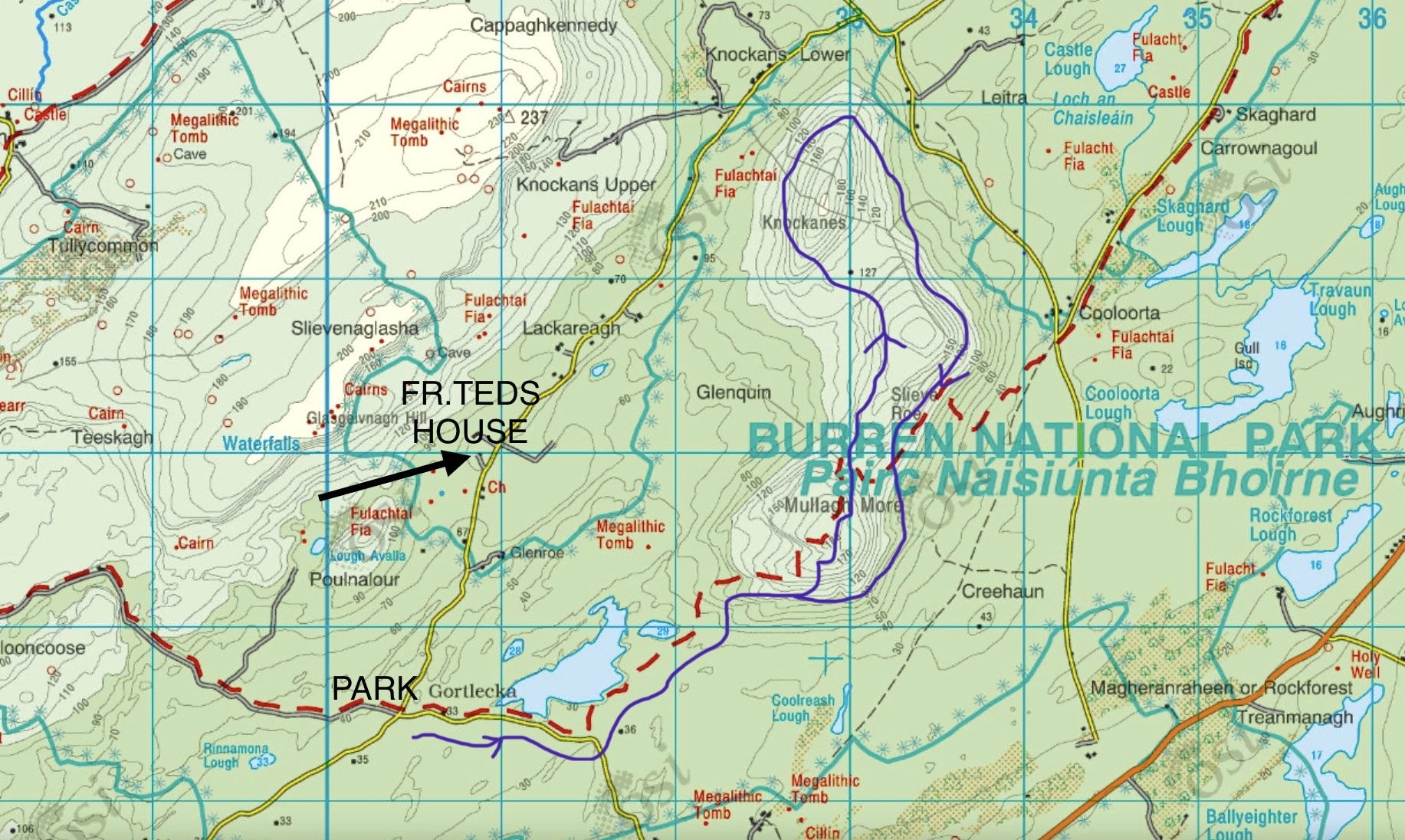
“The Burren’s austere beauty is due to millennia of abuse”
The great English map maker and essayist, Connemara-based “Tim Robinson”

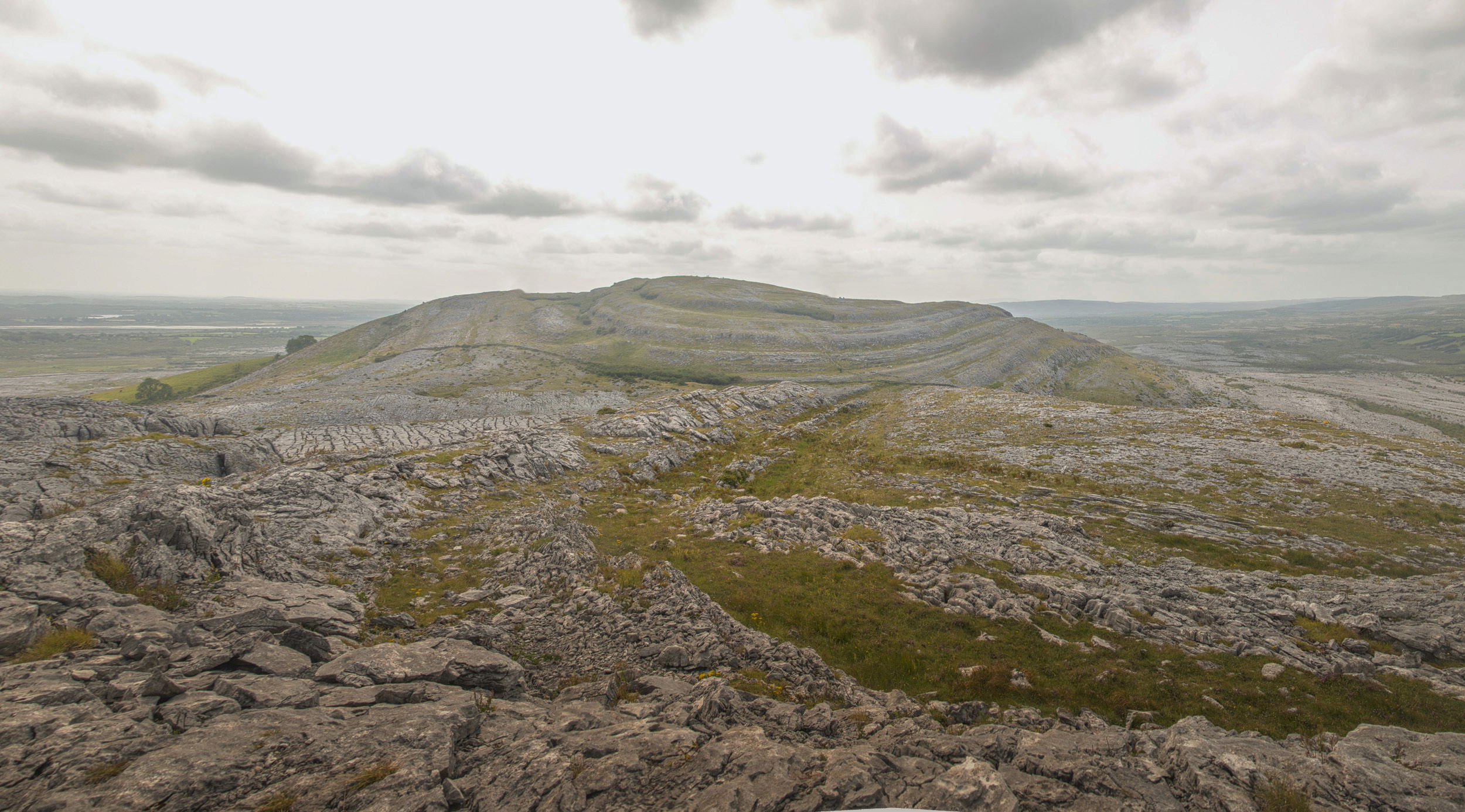
Exploring the Burren in County Clare.
As I embarked on the challenging Mullagh More loop walk in Co. Clare recently, I had the great opportunity to immerse myself in the breathtaking landscape of the Burren National Park.
This adventure certainly provided me with a panoramic view of the surrounding terrain famous for its Karst landscapes that was nothing short of awe-inspiring. While some parts of the trail proved to be more challenging than others, the variety of trekking options available including a loop, traverse and return route made the journey even more exciting.
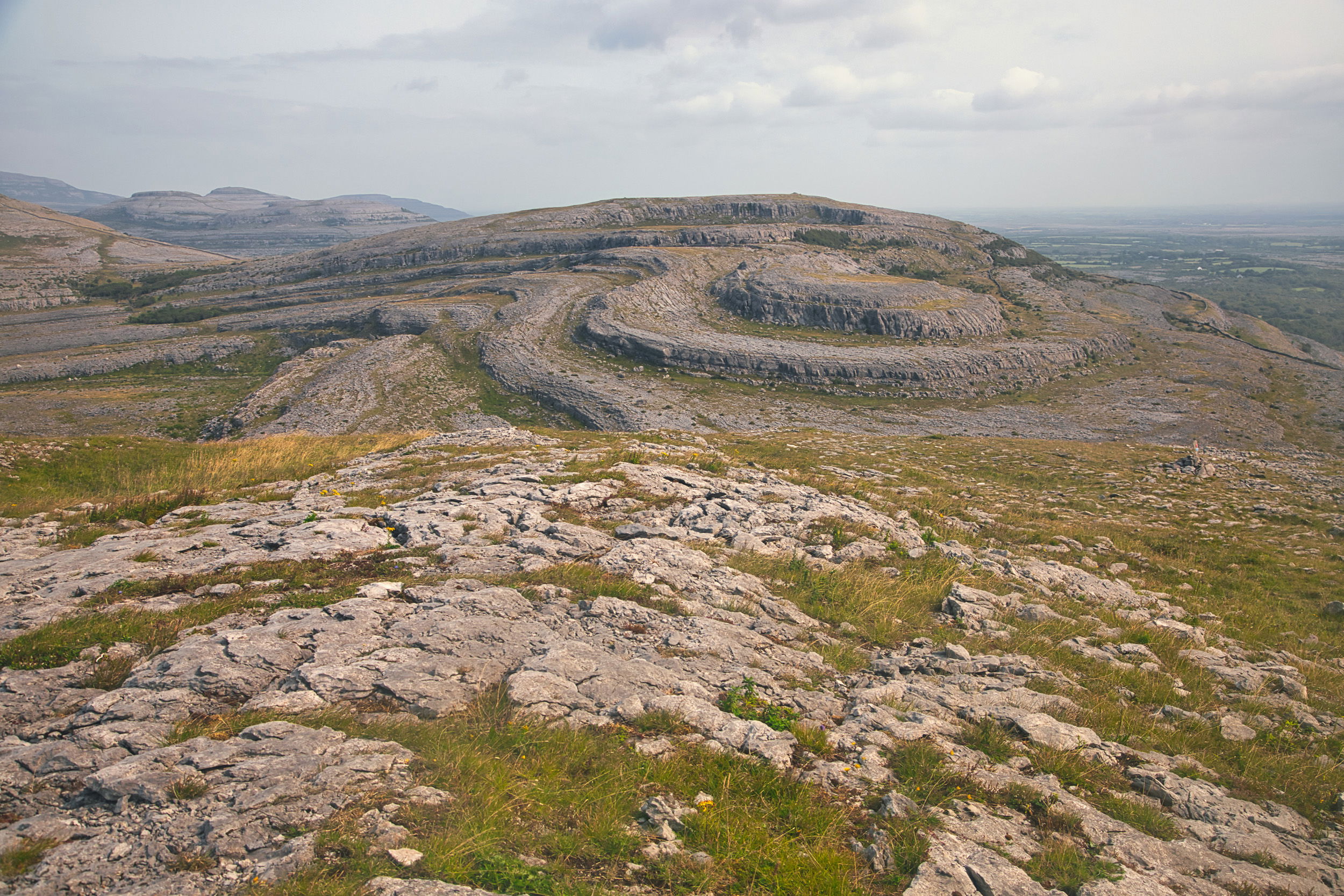
Gazing deeper into the Burren from the summit of Mullagh More, these peculiar hill formations are the result of glacial erosion during the Ice Age.

My intention was to make it to the summit of Mullagh More, and to hopefully catch a glimpse of the famous herd of feral goats that are said to inhabit the area. Knowing the popularity of this unique location at this time of year, I decided to start my day early and beat the tourist crowds. Finding a suitable place to park my car proved to be a challenge in itself, as there is no right official car park in the area. Nevertheless, I managed to secure a good parking spot at the cross roads near Gortlecka, providing me with a convenient starting point for my trek. (You are not allowed to park up on the limestone at the sides of the roads hence the difficulty in finding a suitable spot),
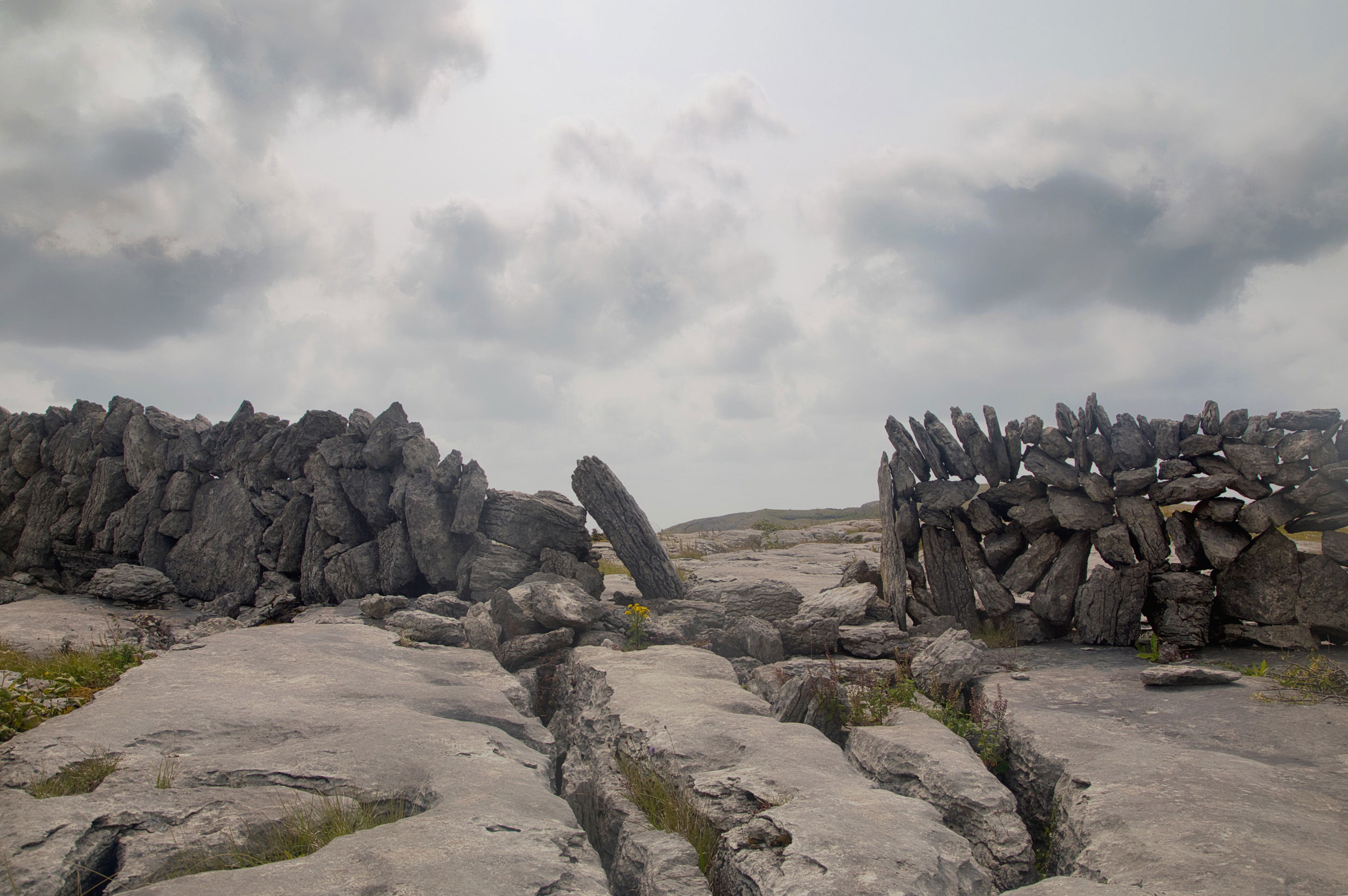
A classic Burren stone wall sits atop the Clint’s and Grykes that characterise the Karst topography, creating an amazing stoney scene.
Following the road for about a kilometer to a stile in the wall, I soon found myself immersed in the raw beauty of the Burren landscape. The trail led me up and over the Summit of Mullagh More, where I encountered the first of the many cairns along the way. The vista from this point was truly outstanding, offering breathtaking views of the surrounding rock formations - an unforgettable sight.
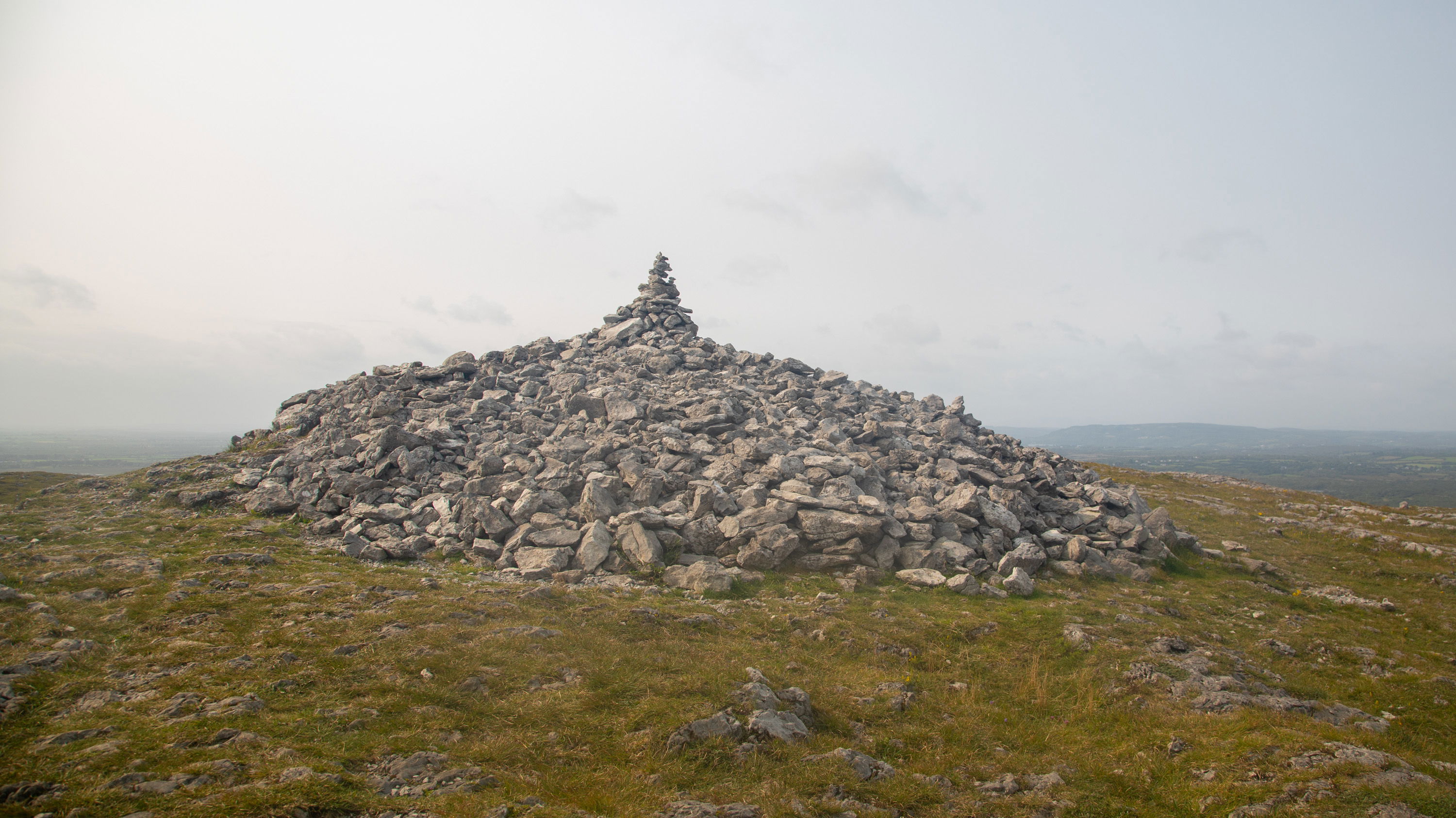
The summit of Mullagh More is characterised by the large cairn.
After having done some earlier research on the whereabouts of the goats and where I might find them, I continued my journey to the next hill, Slieve Roe. The rugged terrain made progress slow but immensely rewarding. This was completely new ground that I was used to hiking on; a big change from the soft, boggy terrain on the Nephin Begs in Co. Mayo. As I traversed through the karst terrain, I discovered a landscape of smooth and stony broken pavement-type rock, both adorned with an abundance of flowering plants. Amongst the many erratic boulders and around the Clints and Grykes, the Burren is home to about 1100 plant species, about three quarters of the total flora of 1400 plant species found in the whole of Ireland. The diversity and beauty were amazing, with each step offering a new perspective and a fresh adventure. A pleasant sight was the presence of Hazel scrub woodland (a native Irish tree) covering some extensive areas of the limestone outcrops in the area.
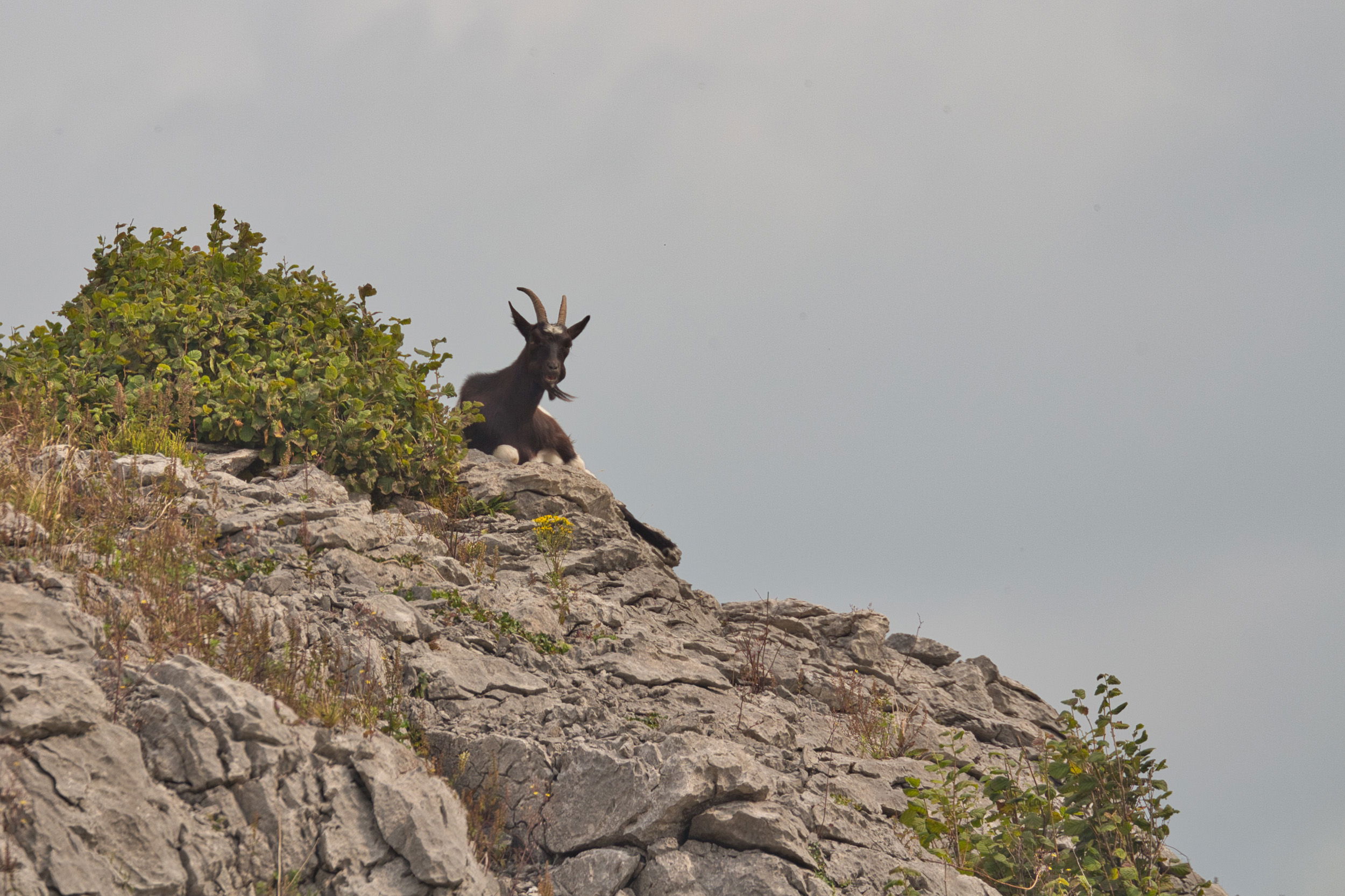
Found! ……. Before I spotted the first goat, the lookout had me well sussed from a long way off!
As I strolled along the tricky rocky terrace, doing my best to avoid tripping on the uneven rock, I suddenly heard a ruckus up ahead. Peering through the hazel trees, I caught sight of a fascinating sight—a lively group of feral goats on the side of the rocks. Leading the pack was a magnificent horned matriarch, with a chaotic trail of playful kids and others who looked like older kids scampering around. It was a scene straight out of a goat-themed story, complete with a few more nanny goats trying to restore some order to the mayhem.

Just by looking at their physical characteristics and colour, wild (or feral) goats can be identified from introduced species. The native goats range in colour from black brown to rey, and their coats are somewhat thicker. The goat that was brought in is primarily white. They are almost a distinct species due to their genetic differences, which go beyond just differences in overall physical appearance.
As I locked eyes with the leading Nanny goat, I couldn't help but feel like an uninvited guest in her domain. Those piercing eyes seemed to question my presence before the whole gang decided to disperse rapidly! Talk about a rude awakening to the realities of trying to photograph goat society!
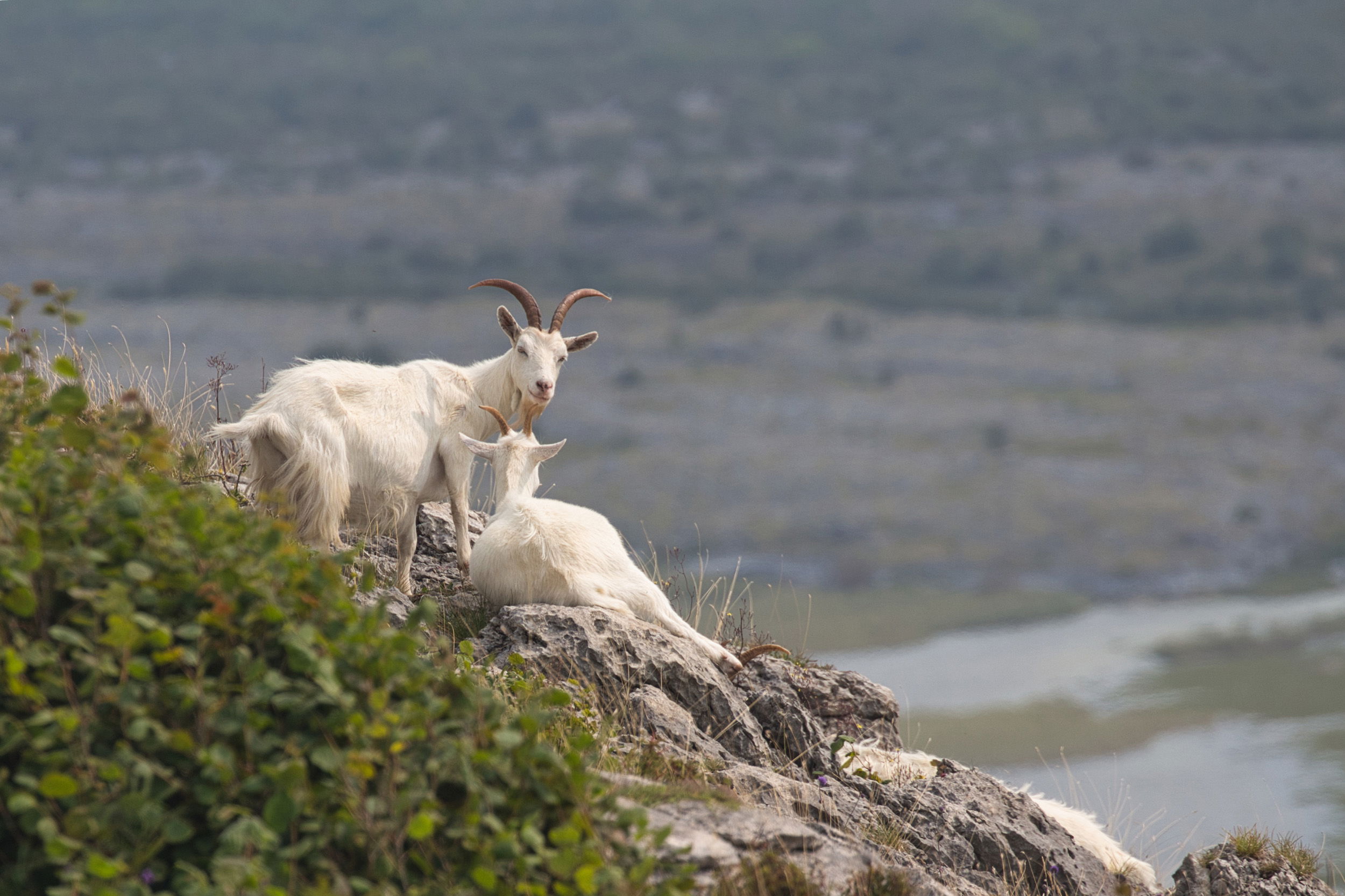
Now, just to say, these were no "wild" goats. They were once domesticated but had claimed their freedom to romp around the Burren as they pleased. It's like they declared independence and decided to live life on their own terms. After watching them for a while, I couldn't help but admire their rebellious spirit.
It turns out that most of the truly wild animals in this country were wiped out in past centuries, leaving only a few goats and some red deer in spots to now rule the land in a wild sort of way! Their grazing habits even serve a noble purpose: protecting the Burren. Alarm has often been expressed at the number of these animals, lest they overcrowd the plants. Actually, the reverse is true, as they tend to keep their grazing activities on the scrubland, thus keeping down the ever-invasive hazel scrub, which forms an important part of the ecological balance.
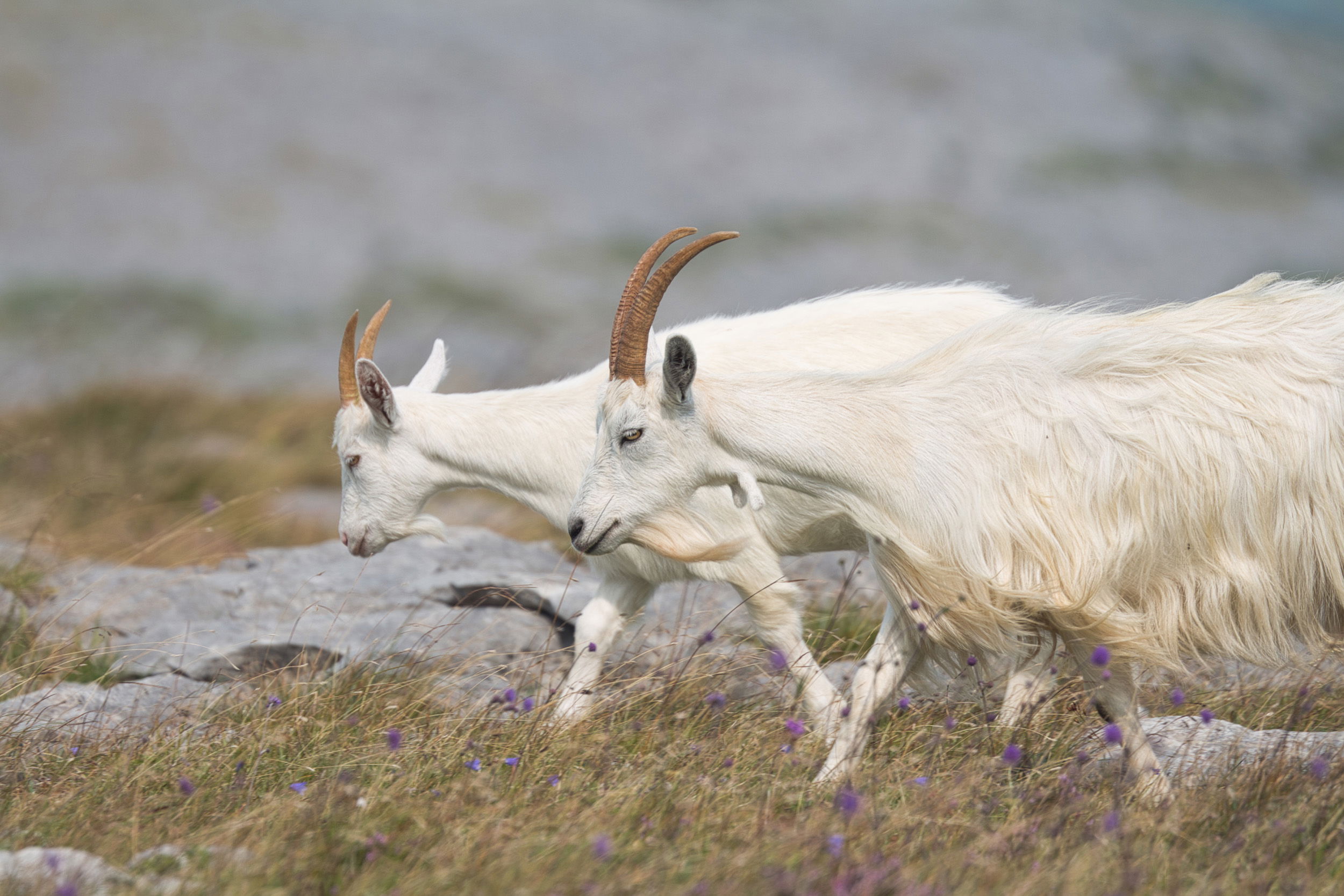
As I followed the goats towards Knockanes, I was struck by the speed at which they navigated the terrain, disappearing into the distance before long. Knockanes, a higher hill than Mullagh More, treated me again to breathtaking views of the surrounding area. After having ventured about five kilometres into the hills, I made the conscious decision to head back, aware that because of the ground, the return journey would be slow-paced. As I retraced my steps, the excitement of the trek remained palpable, and soon I found myself back near my starting point.
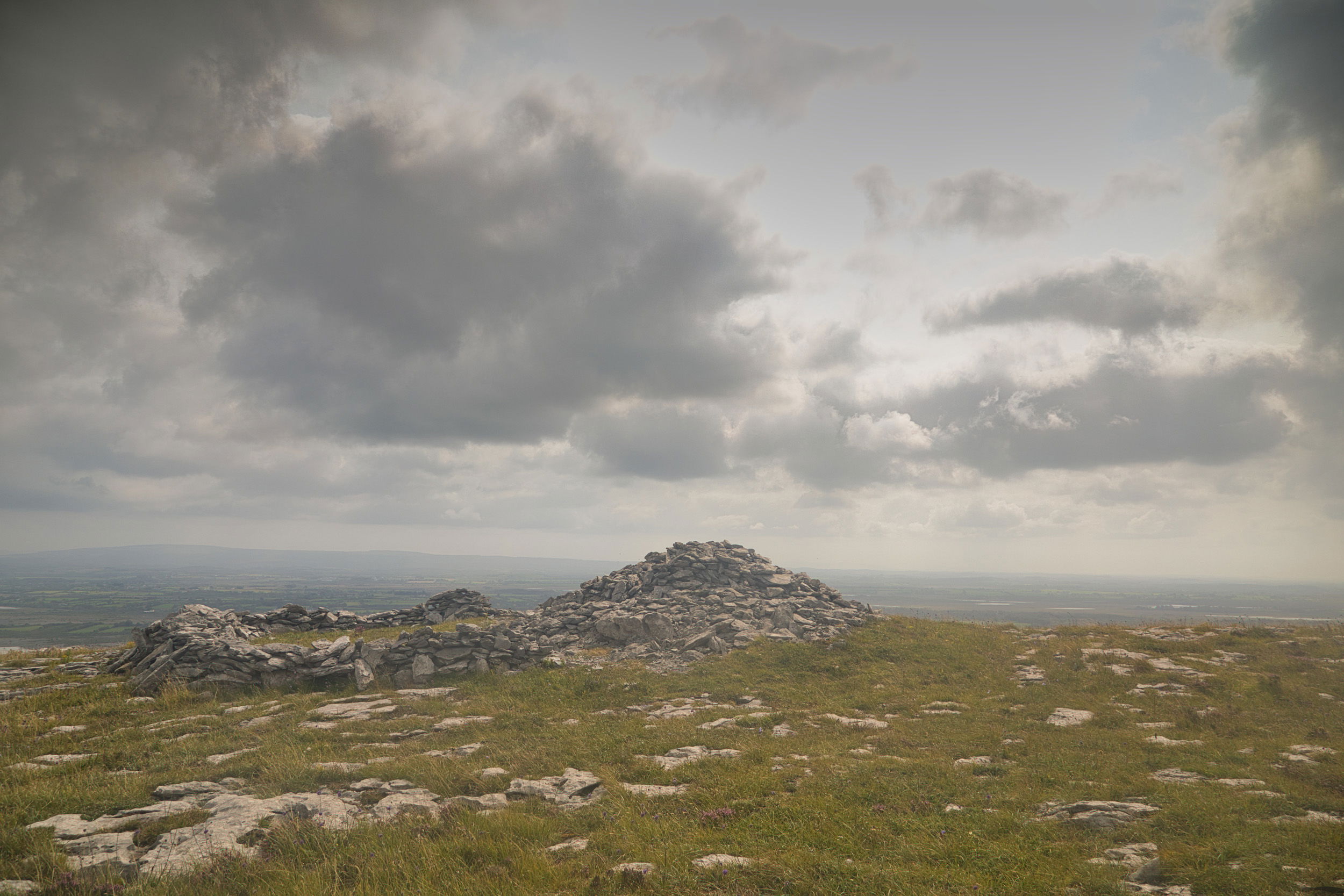
Exploring the hills of Knockanes and Mullagh More offers a captivating opportunity to experience the natural beauty of the Burren landscape. The striking landscapes and unique experiences during this journey through the limestone hills left an indelible mark. It’s evident that the allure of this region lies not only in its physical grandeur but also in the sense of adventure it offers.

The goats are skiddadling at a fast rate, under the constant supervision of the nanny, who turns around to keep tabs on me!

Taking a breather amid the Burren's famous flora.

Just a little distance up the road is Fr. Ted's house. It would have been remiss of me, of course, to not have taken a picture—as millions of people before me have done!
Carpe Diem